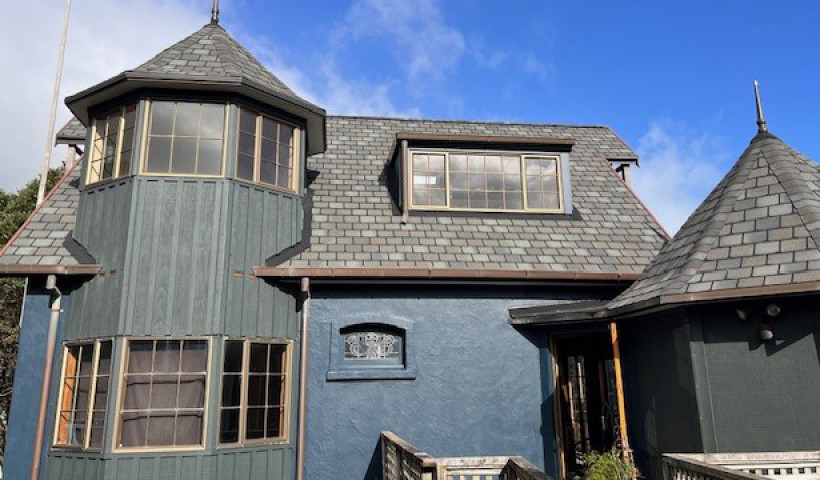
Correct interpretation of E2/AS1 (Acceptable Solution for External Moisture) has been a challenge for years for many key stakeholders in the waterproofing industry, especially council inspectors.
Despite E2/AS1 applying to butyl and EPDM rubber membranes only, many council inspectors still demand that alternative solution membranes (such as Torch-on, PVC and TPO membrane types which have already demonstrated their compliance to the Building Code), still abide by all facets of this document.
E2/AS1 calls for a scupper with a minimum size aperture of 200 x 75mm. The last six years have illustrated the constant erroneous demand for this scupper to be specified with alternative solution membranes. Rather than continue to challenge this anomaly, Viking Roofspec has chosen to simplify matters by 'going-with-the-flow' and developing a weldable scupper for its Enviroclad TPO Membrane with a 200 x 75mm opening.
After three years of development (highlighting the challenge at hand), Viking Roofspec has launched its 200 x 75mm Enviroclad TPO scupper: a TPO scupper for which the weldability is so robust, that when extreme force is applied to tear the membrane off, the base and reinforcing mesh scrim of the membrane remains vulcanised to the plastic.
Having been designed for New Zealand's requirements, this scupper is bigger than any proprietary international scupper available for TPO membranes.
Over the years, several accessory lines have been developed locally, specifically to fulfil New Zealand's unique Code requirements. In these instances, the integrity of these items has needed to be at its absolute peak to at least rival, or hopefully even surpass the integrity of those items developed overseas by large manufacturers with massive R&D budgets.
This locally made Viking Enviroclad scupper proved more of a challenge than anticipated, as not all plastics are created equal from a weldability perspective. Some plastics such as polyethylene, give a false sense of security in the laboratory when TPO membranes are welded to them; they're not compatible materials. Although the initial weld may feel okay, what's more important is the longevity of the weld which can only come from welding 'like-with-like' materials.
Viking Roofspec deemed this facet of the Enviroclad system so important, that it commissioned experts from the University of Auckland to assist in the development of the scupper, ensuring its weldability would stand the test of time.
Viking Roofspec will be developing further product lines with this material.








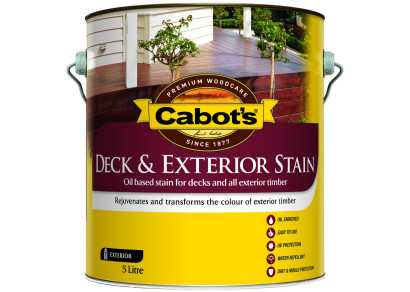



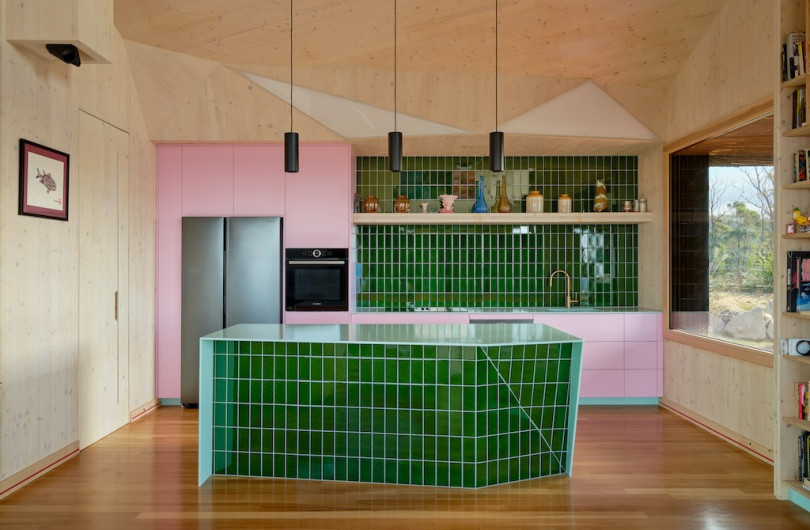
 Case Studies
Case Studies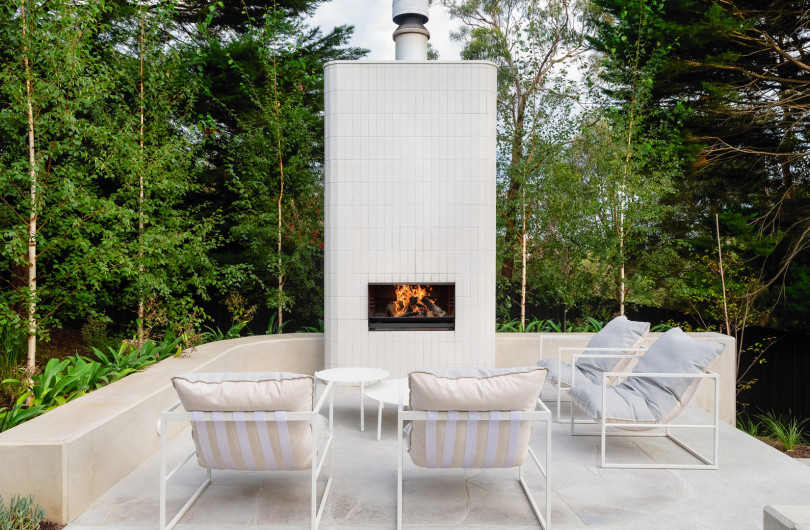





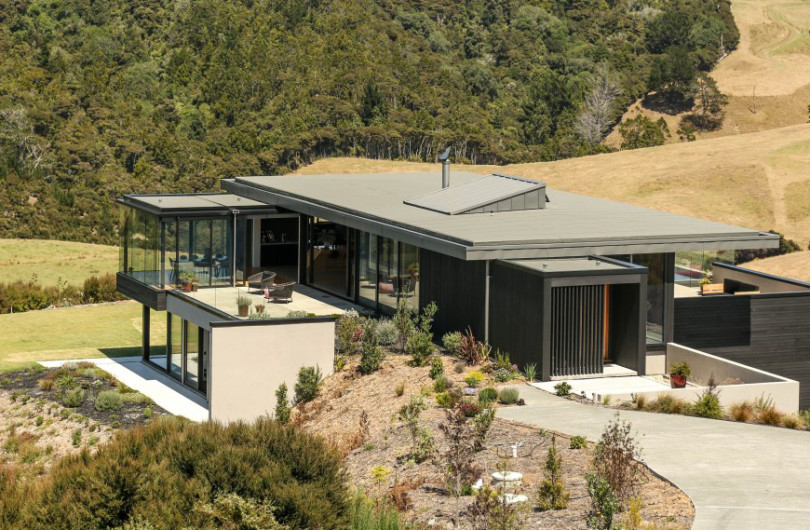








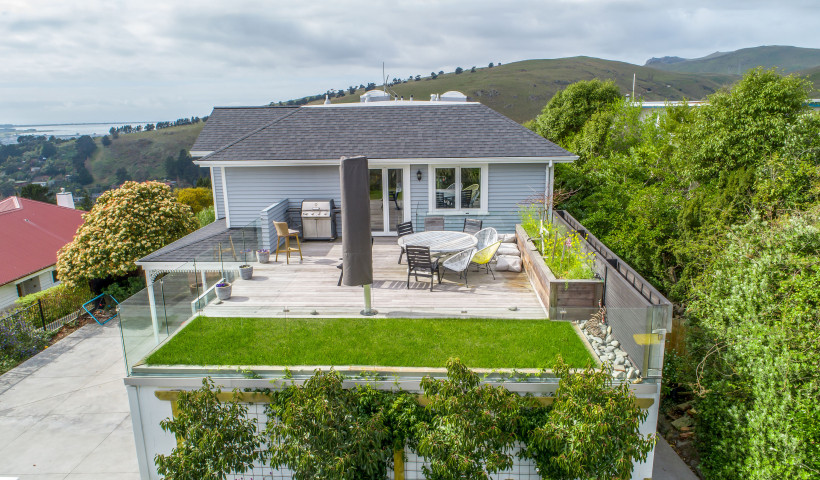
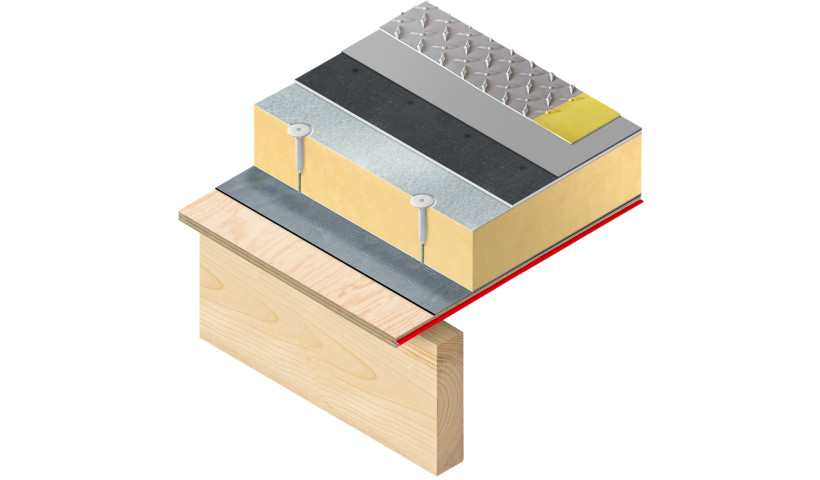
 Popular Products from Viking Roofspec
Popular Products from Viking Roofspec

 Most Popular
Most Popular


 Popular Blog Posts
Popular Blog Posts
